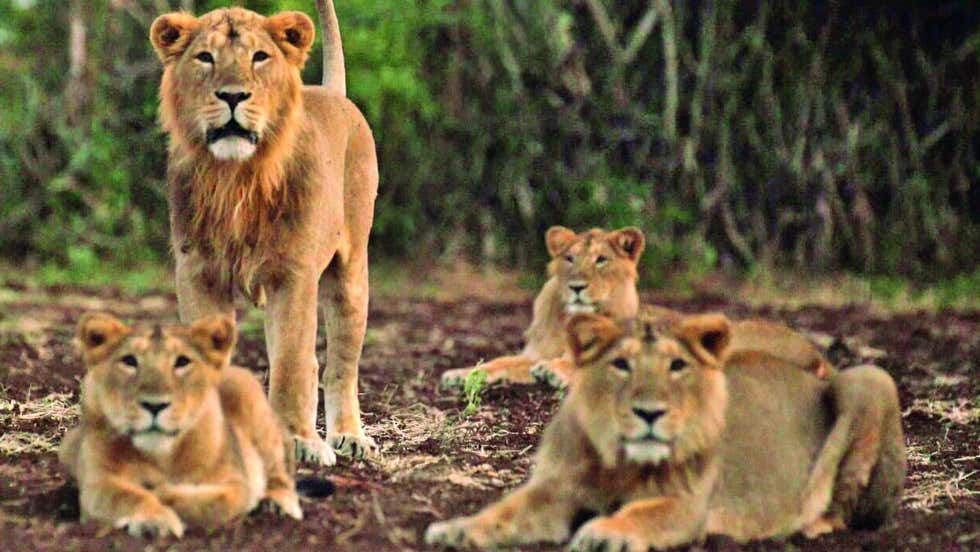#EndangeredSpeciesDay: Iconic Indian Animals That Are Threatened with Extinction
weather.com/en-IN/india/en…



weather.com/en-IN/india/en…




India is home to a plethora of unique and peculiar animals, which occupy a variety of habitats ranging from the extremely hot and cold deserts to mountainous terrains and all kinds of forests.
#EndangeredSpeciesDay
#EndangeredSpeciesDay

In the past few decades, however, several factors have been significantly contributing to the accelerated extinction of the myriad flora and fauna on Earth.
#EndangeredSpeciesDay
#EndangeredSpeciesDay

From rapid urbanisation—which has led to the shrinkage of habitable landscapes where wild animals reside—to #climatechange, illegal wildlife trade, and #pollution, all these factors have been collectively pushing several species to the brink of #extinction and even beyond. 

Species with declining populations are classified into five categories: vulnerable, endangered, critically endangered, extinct in the wild, and extinct.
#EndangeredSpeciesDay
#EndangeredSpeciesDay

As per the International Union for Conservation of Nature (IUCN), there are more than 1,34,400 species under its Red List. Of these, over 37,400 species are threatened with extinction.
#EndangeredSpeciesDay
#EndangeredSpeciesDay

These include 41% of the global population of amphibians, followed by 34% of conifers, 33% of reef-building corals, 26% of mammals and 14% of birds.
#EndangeredSpeciesDay
#EndangeredSpeciesDay

#NationalEndangeredSpeciesDay is observed to spread awareness and take action towards the conservation of endangered species.
#EndangeredSpeciesDay
#EndangeredSpeciesDay

Take a look at some iconic animal species from India that need urgent attention to save them from going extinct.
#EndangeredSpeciesDay #NationalEndangeredSpeciesDay
#EndangeredSpeciesDay #NationalEndangeredSpeciesDay

• • •
Missing some Tweet in this thread? You can try to
force a refresh














